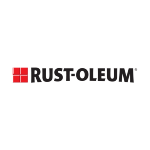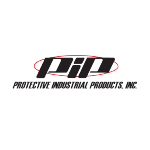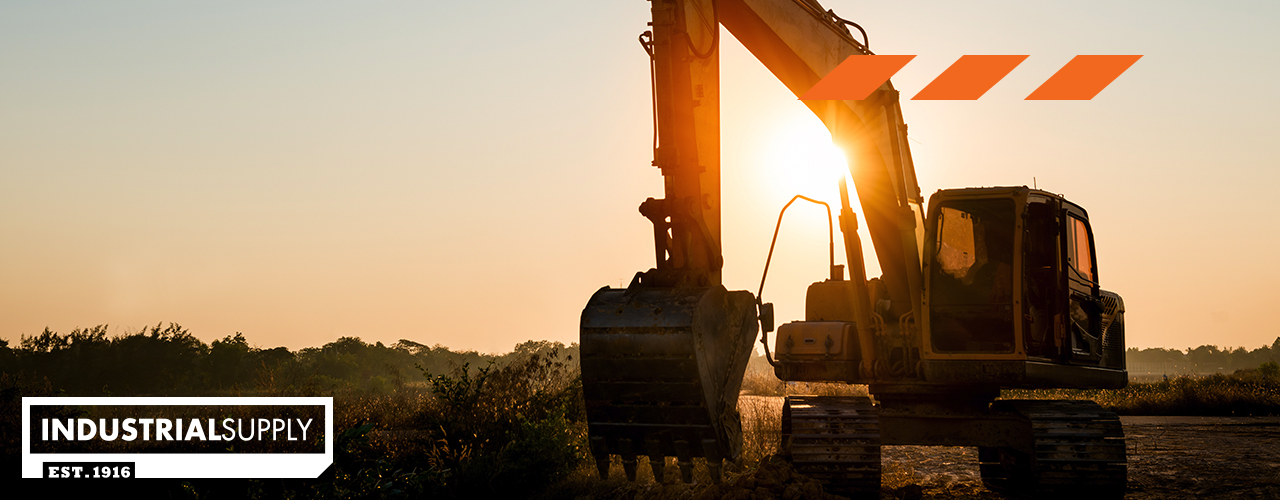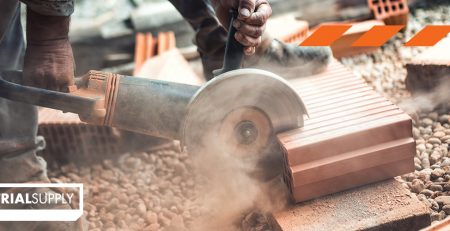Preparing for Summer: How to Stay Cool on the Job
With warmer temperatures and longer days, summer is often the most coveted time of year. But for those who spend their days working hard in the sweltering heat, it’s not always fun in the sun. According to the National Weather Service, extreme heat kills more people than hurricanes, floods, tornadoes, and lightning combined. Though there are several risk factors involved with hot weather conditions, most heat-related dangers are completely preventable. To prepare for summer, there are several steps you and your workplace can take to protect employees and help you stay cool on the job.
The simplest way to beat the heat is to attempt to make the work environment cooler. Air conditioning equipment, cooling fans, and the addition of reflective shields to redirect heat placed around the worksite can provide a great deal of relief. The Occupational Safety and Health Administration (OSHA) suggests balancing those measures with drinking water every 15 minutes, taking frequent breaks in the shade, and if possible, wearing light colored clothing and hats for extra precaution.
Under OSHA law, employers are required to protect workers from any potential hazards. There are a number of work practices that should be in place to protect workers from extreme heat conditions. Long periods of exposure to the sun should be avoided. Employees should rotate tasks and incorporate cycles of rest. If an employee is new to working in hot weather conditions, they should be given plenty of time to acclimate. An emergency plan that indicates what to do in case a heat-related incident occurs should be implemented. It’s important for everyone to learn the signs and risk factors of heat illness so employees can react accordingly.
Workplaces where an employee may be exposed to heat hazards include iron and steel foundries, glass or rubber products factories, electrical utilities, commercial kitchens, chemical plants, mining sites, and steam tunnels. Outdoor operations such as farm work, construction, oil and gas well operations, and landscaping also increase the risk of heat-related illness. Whether you work indoors or outdoors, it’s important to practice heat safety. Always remember, your best defense against heat-related illness is prevention. By following the simple prevention tips above and using common sense, you can beat the heat this summer and work comfortably on the jobsite.
This post sponsored by:








![[image for blog with various sized cnc metal cutting tools ]](https://indsupply.com/wp-content/uploads/2017/01/ISC_BLOG_cuttingtools-1-450x231.jpg)



